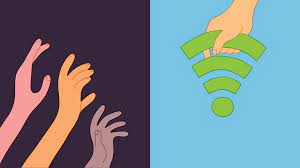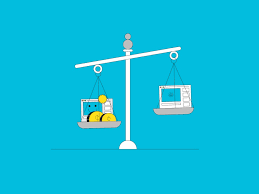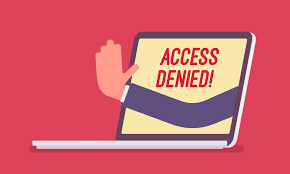Digital Divide
The digital divide referes to the gap between demographics that have access to modern
info, tech, and internet. The term now includes the technical and financial ability to use techn and the internet.
The divide exists between develop and developing countries, young people versus older people and men and women.
The divide between urban-rural setting is the biggest factor. The main effect of the digital divide is isolation which
further leads to educational barriers, discrimination and a decline in mental health.
The digital divide is a big problem in many countries where rural populations are begin cut off from digital tech. The
same problem also occurs globally in men and women where 55% of males were using the internet and only 48% of women used
the internet. Another type of divide is the use divide where younger, educated people more skills than older people in terms
of begin able to use tech. There is also a quality-of-use gap where some people are not able to get the same quality of
information and someone else. These divides reflect already existing differences in wealth and access to education and even
worsens its affects.
For a long time, the global digital divide was seen as a consequence of economic development and that it would naturally
close as individuals became wealthier. Even though people around the world have risen in income, the digital divde remains
very relevant. This is due to the lack of investment in internet infrastructure. Though people might be able to but an internet
activated device, if their area does not have any digital infrastructure there is no use. However two big projects have the potential
to greatly increase said infrastructure around the world being, Starlink, and The Alliance for Affordable Internet.



